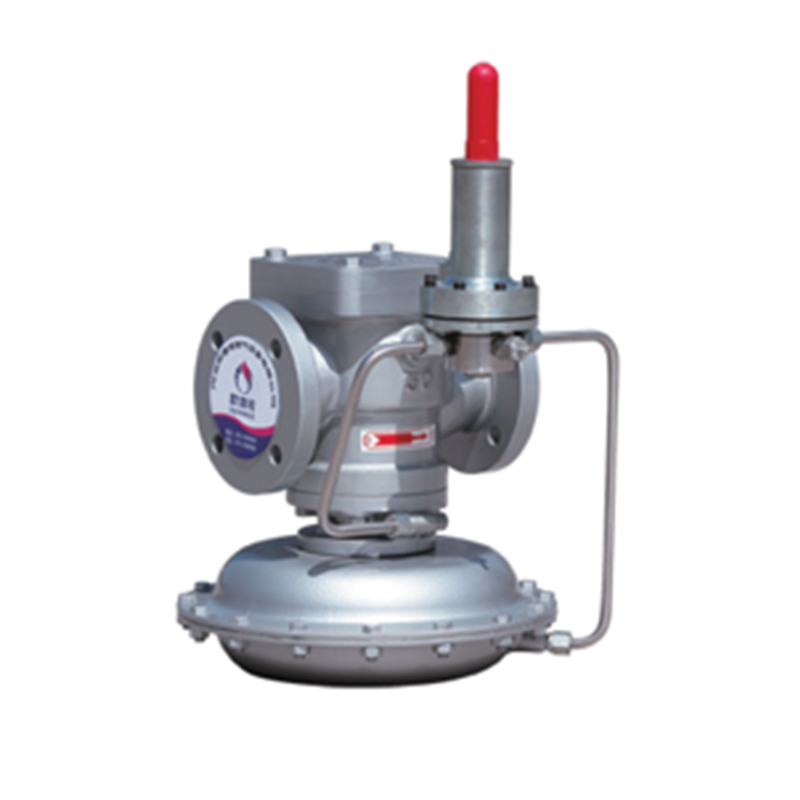
Nov . 27, 2024 00:37
Back to list
Pressure Relief Valve Function and Importance in Safety Systems
Understanding the Relief Valve Its Importance and Functionality
Relief valves, also known as pressure relief valves (PRVs), play a critical role in various industrial applications, ensuring the safe operation of systems by preventing excessive pressure buildup. These valves are designed to release pressure from a system when it exceeds safe limits. Without such a mechanism, systems can experience catastrophic failures, leading to equipment damage, safety hazards, and even loss of life. In this article, we will delve deeper into the functionality, types, and significance of relief valves in different sectors.
What is a Relief Valve?
A relief valve is a safety device that automatically releases a substance from a boiler, pressure vessel, or other system when the pressure exceeds a preset level. The main function of a relief valve is to provide a safeguard against the uncontrolled increase in pressure, which can compromise the integrity of equipment and pose serious risks to human safety and the environment.
How Do Relief Valves Work?
Relief valves function based on pressure differences. When the pressure within a system rises above its acceptable limits, it applies a force that overcomes a spring-loaded mechanism within the valve. This action opens the valve, allowing fluid or gas to escape and, subsequently, reducing the pressure in the system. Once the pressure drops back to a safe level, the spring mechanism closes the valve, stopping the discharge.
The operation of a relief valve can be categorized into different modes, depending on the specific application and type of valve
1. Direct-acting Relief Valves These are typically used in low-pressure applications. They open directly in response to the system pressure, providing immediate relief as required.
.
3. Vacuum Relief Valves Designed to prevent vacuum conditions that could damage equipment, these valves automatically open in response to a drop in pressure within a system.
صمام التنفيس

Applications of Relief Valves
Relief valves have a wide range of applications across various industries, including
- Oil and Gas In the oil and gas industry, relief valves are crucial for safeguarding refinery operations and pipelines. They help prevent overpressure situations that could result from process upsets or equipment failures.
- Chemical Manufacturing In chemical plants, maintaining safe pressure levels is vital. Relief valves ensure that reactors and storage tanks do not exceed safe operating pressures, thereby avoiding potential leaks or explosions.
- Water Supply Systems In municipal water supply systems, pressure fluctuations can occur due to changing demand or equipment malfunctions. Relief valves help stabilize these pressures, maintaining the integrity of the distribution system.
- HVAC Systems In heating, ventilation, and air conditioning systems, relief valves prevent overpressure that could damage ducts or compressors, ensuring efficient operation.
Importance of Regular Maintenance
While relief valves are designed to function automatically, regular maintenance is essential to ensure their reliability. Over time, contaminants can accumulate, or mechanical components can wear out, impairing the valve's performance. It is crucial for operators to perform routine inspections and maintenance to ensure that these safety devices are functioning as intended.
Conclusion
Relief valves are an indispensable component of modern industrial systems, playing a vital role in ensuring safety and preventing catastrophic failures. Their ability to automatically relieve pressure saves lives, protects equipment, and minimizes potential environmental impacts. As industries continue to evolve, the importance of relief valves in maintaining safety and operational integrity cannot be overstated. Regular maintenance and adherence to safety standards are critical in ensuring these devices operate effectively, highlighting the need for educated personnel and updated safety protocols in all industrial settings.
Latest news
-
Safety Valve Spring-Loaded Design Overpressure ProtectionNewsJul.25,2025
-
Precision Voltage Regulator AC5 Accuracy Grade PerformanceNewsJul.25,2025
-
Natural Gas Pressure Regulating Skid Industrial Pipeline ApplicationsNewsJul.25,2025
-
Natural Gas Filter Stainless Steel Mesh Element DesignNewsJul.25,2025
-
Gas Pressure Regulator Valve Direct-Acting Spring-Loaded DesignNewsJul.25,2025
-
Decompression Equipment Multi-Stage Heat Exchange System DesignNewsJul.25,2025

